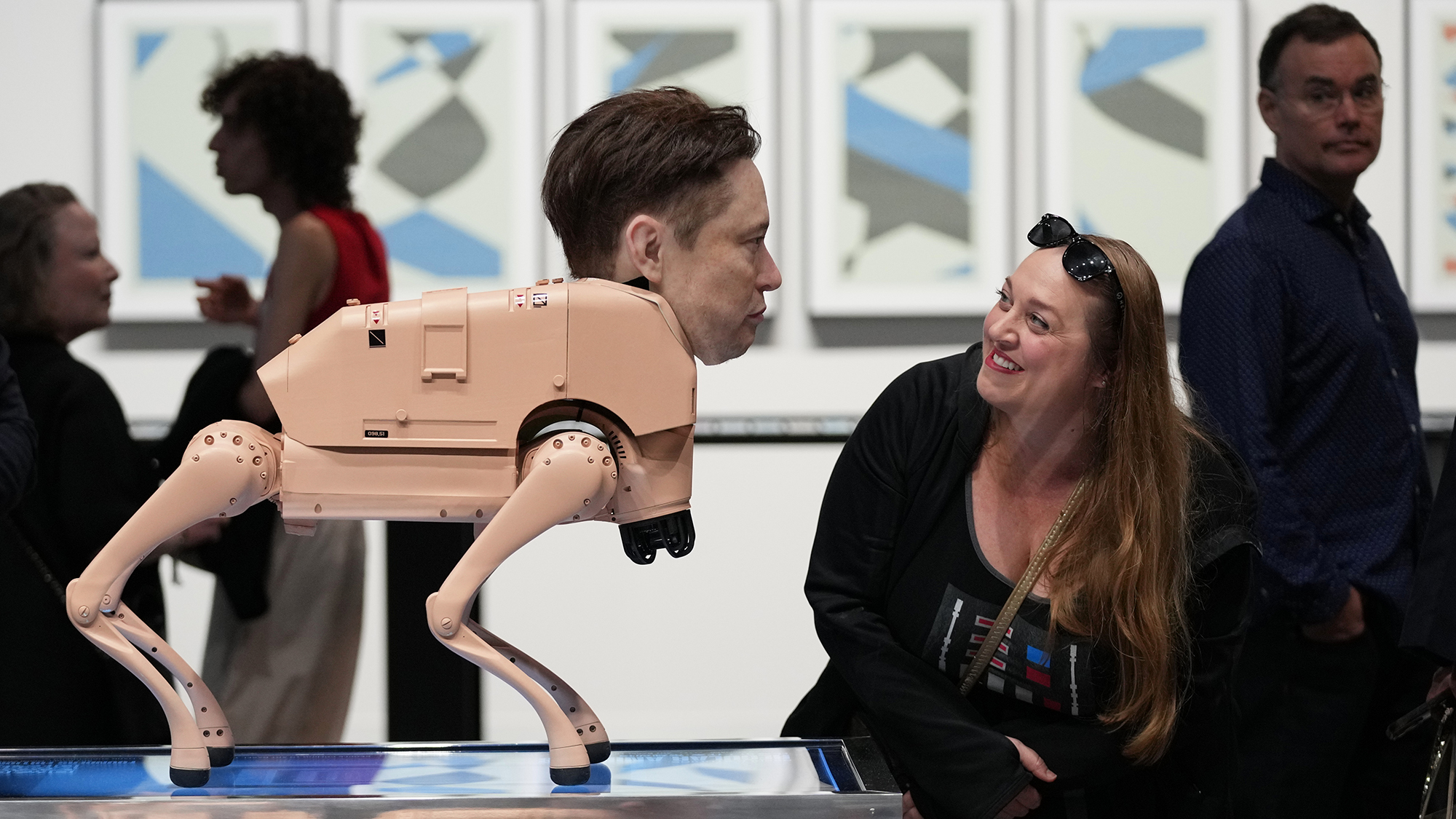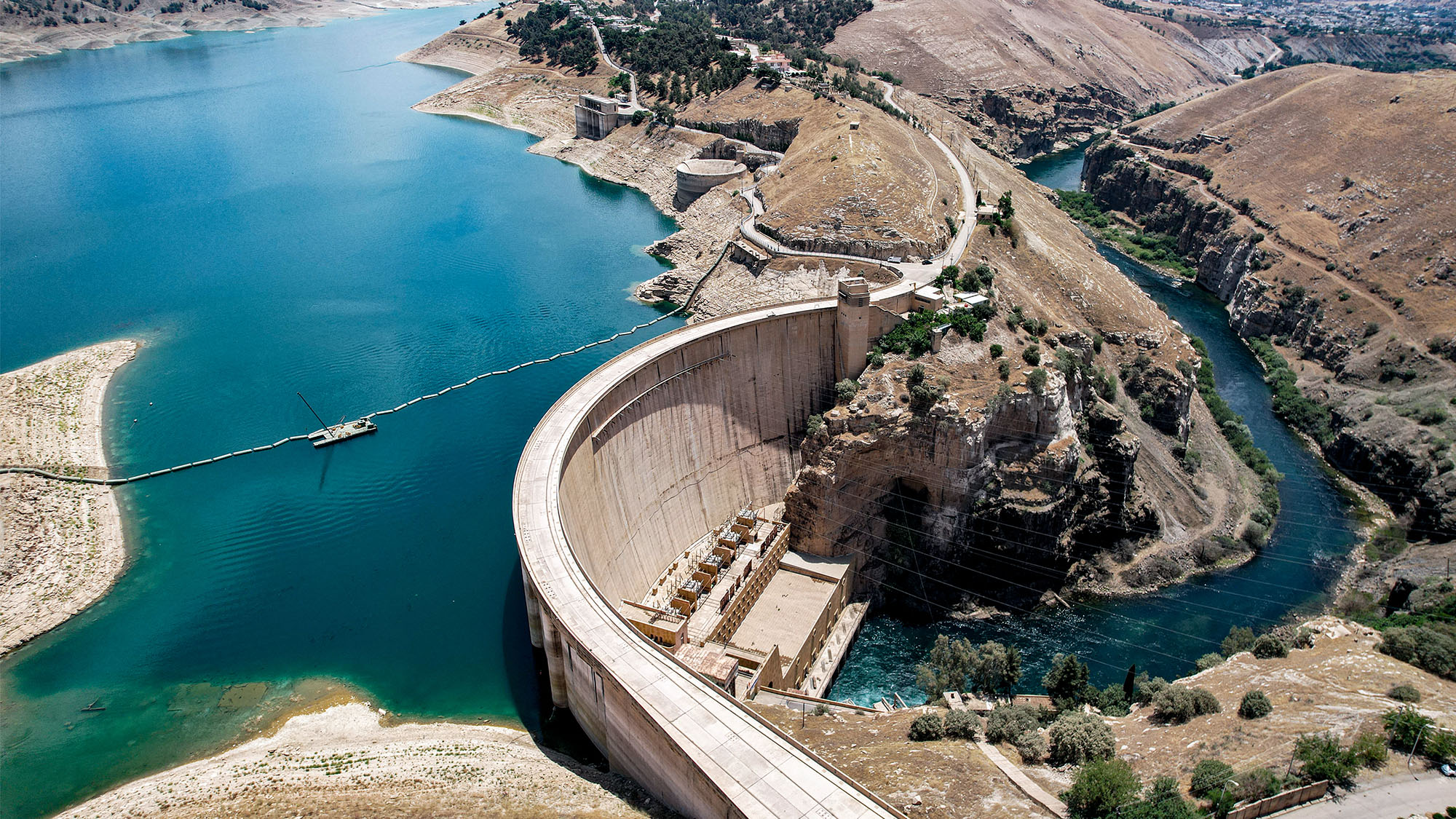The shoppers’ paradise
Two-thirds of the American economy is generated by consumer spending, and much of that spending is driven by shopping malls. How have malls changed the way we shop—and live?
How popular are malls?
Americans, a recent poll found, spend more time in malls than anywhere but home and work. By 2001, there were 1,175 large regional malls, generating $308 billion in annual sales. If you count the smaller urban varieties and other enclosed plazas, by some estimates the nation is now home to more than 50,000 malls. “More than mere locations for consumption, the malls have become the signature structures of the age,” said William S. Kowinski, author of The Malling of America. He calls malls “the cathedrals of postwar culture.”
Was there life before malls?
The Week
Escape your echo chamber. Get the facts behind the news, plus analysis from multiple perspectives.

Sign up for The Week's Free Newsletters
From our morning news briefing to a weekly Good News Newsletter, get the best of The Week delivered directly to your inbox.
From our morning news briefing to a weekly Good News Newsletter, get the best of The Week delivered directly to your inbox.
It may be hard for today’s teenagers to believe, but the first fully enclosed shopping mall opened its doors a mere five decades ago. Americans, at the time, shopped by strolling the streets of their downtowns or cruising the strip plazas of their sprawling suburbs. But a Viennese-born architect named Victor Gruen had an audacious idea. Instead of having stores facing out, why not turn them inward, toward each other—and place them under one roof, so shoppers wouldn’t have to brave the elements? Gruen’s vision was put to the test when the Southdale Center, located in a well-to-do Minneapolis suburb, held its grand opening, on Oct. 8, 1956. With 72 shops and restaurants, Southdale was modest by today’s standards. But the world had never seen anything like it. “People came in and looked, and their mouths opened,” said Herman Guttman, who supervised the project. “The impact was phenomenal.”
How did the country react?
Southdale was an instant sensation, lauded in the national press as a new kind of Main Street—one without crime, parking problems, or weather. Soon, America was dotted with Southdale clones, many sprouting on the outskirts of towns and cities, where land was cheap and taxes low. By the 1970s, a new mall was opening every three or four days.
What makes malls so appealing?
A free daily email with the biggest news stories of the day – and the best features from TheWeek.com
At first, it was primarily their convenience. But as malls have replaced Main Street, they’re no longer just an efficient way to shop. The mall has become the public square—the place where you go to see and mix with other people. In many communities, malls are where the kids perform with the school orchestra, where seniors go for their morning strolls, and where teenagers hang out and go on dates. Some megamalls have ice-skating rinks. Others have roller coasters. Some have community health centers. The Oaks Mall in Fairfax, Va., houses a public library.
Doesn’t this distract the shoppers?
Quite the opposite. Mall managers have made a science of maximizing revenue per square foot, and their first goal is to get people into the mall, for any reason. The next is to keep shoppers moving from store to store and floor to floor. Escalators are placed to force shoppers to pass the maximum number of storefronts. Rows of stores are never too long, and turns and bends are frequent, because studies have found that consumers typically won’t walk toward something that seems more than 600 feet away. Disorienting floor plans make a quick exit unlikely. Some of the tactics employed by malls are so subtle that they could be considered psychological warfare. The choice of floor materials is a case in point.
What do floors have to do with it?
Studies have found that women feel more powerful—and will buy more—if they hear their heels clicking on polished hard surfaces. So mall designers often use hard flooring in halls. But the stores themselves often have softer surfaces, to gently lure customers in and make them feel at home. A host of other strategies are aimed at coaxing every last dollar out of shoppers’ pockets. Benches are scarce, because when people sit, they’re not shopping. Lighting is carefully controlled, so as day turns to night, you’re oblivious to the passing time. The goal is what consultants call “seamless buying,” and it’s working. The average mall shopper stays for 80 minutes and spends $75 per visit. A typical regional mall rakes in about $600 million a year.
Are all malls thriving?
Actually, no. The mammoth and newer regional malls are flourishing, but many smaller, older malls are not. One recent study found that 7 percent of these older malls—most of them in urban areas—were abandoned, while another 12 percent were struggling for survival. In many areas, malls have come to reflect the economic and racial divisions of the larger society. “There’s two kinds of mall,” comedian Chris Rock has said, “the one where the white people shop and the one where the white people used to shop.” Over the past few years, even many regional malls have seen customer traffic start to erode.
What’s the problem?
Thanks to technology, the contemporary middle-class American has many new ways to spend his or her money and time: cell phones, Internet shopping, hundreds of cable channels, TiVo. That all adds up to about $300 a month that will never be spent inside a mall. And some surveys suggest that Americans may be growing weary of some of the features that drew us to malls in the first place. “The mall is this wonderfully planned, manageable environment,” said Grant McCracken of Toronto’s Institute of Contemporary Culture. “But the trouble with the mall is that it’s too managed. We got exactly what we want, and we discover we don’t want it after all.”
The mother of all malls
-
 Quiz of The Week: 29 November – 5 December
Quiz of The Week: 29 November – 5 DecemberQuiz Have you been paying attention to The Week’s news?
-
 The week’s best photos
The week’s best photosIn Pictures A drive in the desert, prayers with pigeons, and more
-
 The Week Unwrapped: Will drought fuel global violence?
The Week Unwrapped: Will drought fuel global violence?Podcast Plus why did Trump pardon a drug-trafficking president? And are romantic comedies in terminal decline?